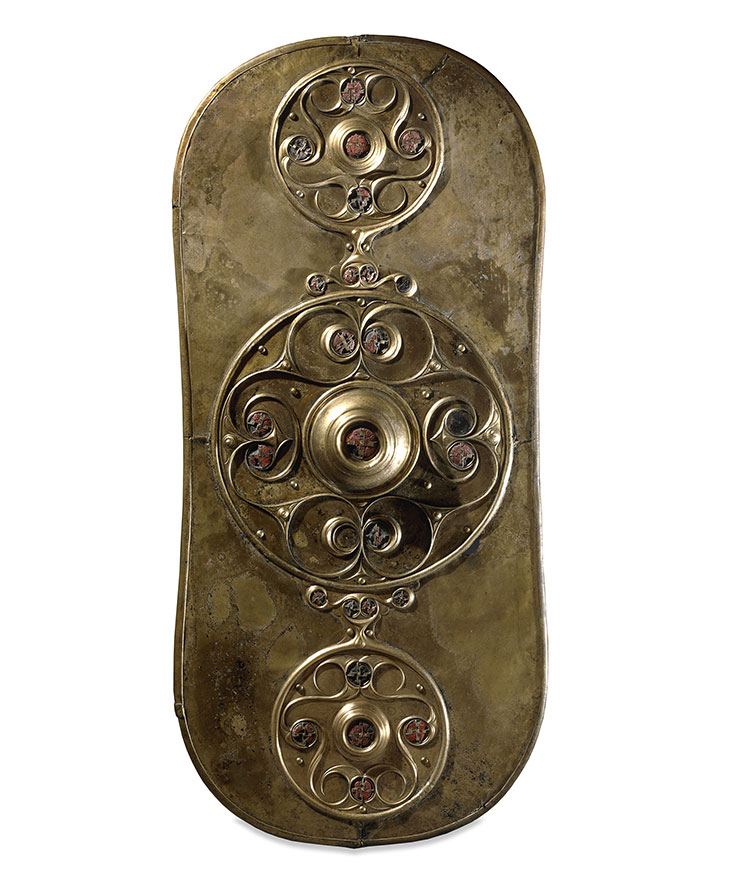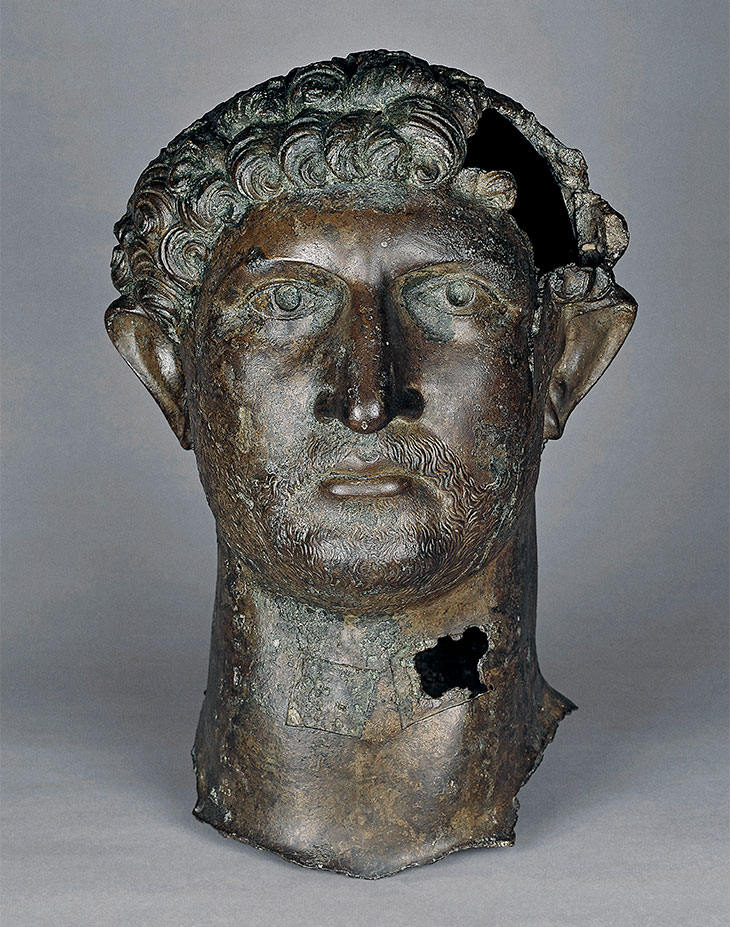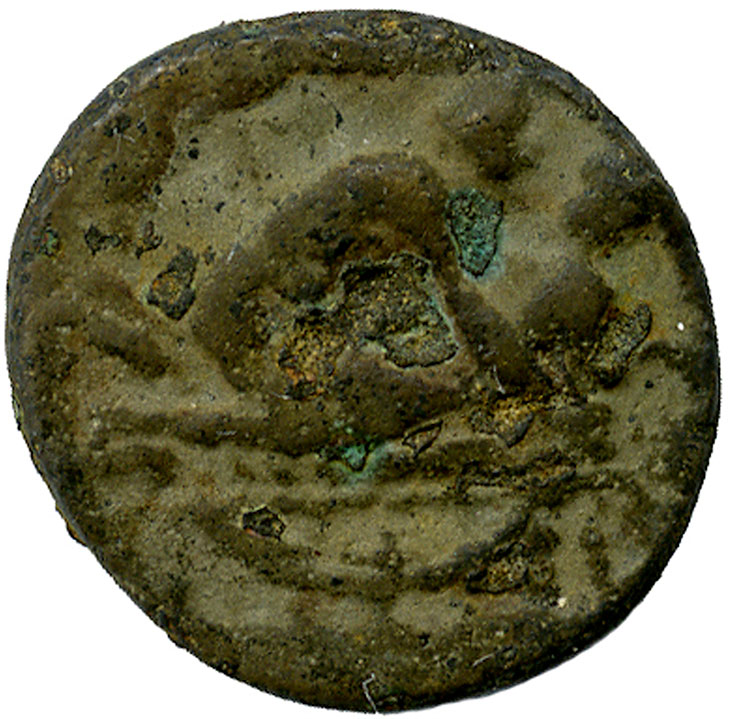For decades now, the diminutive but delightful Shire classics have been the niche collector’s best friend. These little books, whose subjects have included clay pipes, pewter, samplers, historic ships, ceramics and even the Victorian domestic servant, for me evoke pleasurable hours browsing in village bookshops. So it is with great affection that I picked up their latest publication, Jason Sandy and Nick Stevens’s Thames Mudlarking: Searching for London’s Lost Treasures – which was even more appealing because I myself am a keen Thames mudlarker (some of the beads I have found are illustrated in the book). The book conveys its potted history of London via a range of artefacts recovered in the river by mudlarks – amateur archaeologists intent on locating fragments of the past. The variety of these artefacts is such that this is the first Shire book to bring together so many different areas of collectable interest in one place. It romps through the centuries with gusto, and is amply illustrated with photographs and other images.

The Battersea Shield (c. 350–50 BC), found in the River Thames. © The Trustees of the British Museum.
The book includes significant, well-known Thames finds such as the Battersea Shield, an exquisitely crafted Celtic shield produced around 350–50 BC and discovered by workmen dredging the riverbed during the construction of Battersea Bridge in 1857. Another star entry is the bust of the Roman emperor Hadrian, recovered near London Bridge in 1834. Both of these artefacts are now held in the British Museum. The book also touches on the Victorian antiquarian Thomas Layton, who assembled an extensive collection of Bronze and Iron Age artefacts from the river. Many of these are now on display at the Museum of London – and indeed this book makes clear how important the role of mudlarking was in building that institution’s extraordinary collection.

Bronze head of Hadrian (117–138), found in the River Thames. © The Trustees of the British Museum.
But most of all, the book gives space and appreciation to the everyday finds of mudlarks today, which have contributed to our knowledge of life in London in past centuries. As Ian Smith, chairman of the Society of Thames Mudlarks and Antiquarians, tells the book’s authors: ‘Museums and private collections are stuffed with amazing silver and gold items which have been carefully handed down through the centuries. Missing are the small, mundane, cheaply made items that were used by normal folk, never saved […] the sheer quantity of everyday items [from the Thames] has been a real revelation to the academic community.’
Among these is a Roman brothel token depicting an erotic scene, the first example found in Britain, as recently as 2010. There are medieval pilgrims’ badges (the tourist tat of yesteryear), and a pointed ‘poulaine’ shoe, replete with moss stuffed into the tip and the 600-year-old footprint of the owner still visible on the sole. There are children’s toys, from a medieval toy horse and knight to a miniature 17th-century carriage, and an extraordinary example of a trickster’s gaming set from the 15th century: a sealed pewter bird-seed pot containing 24 dice, 18 of which, X-rays show, were secretly weighted with drops of mercury. This is history with imaginative potential: how did these items end up in the river; who dropped or discarded them; and why?

An erotic scene on a Roman brothel token found by Regis Cursan. Courtesy Portable Antiquities Scheme
Those with an interest in historical costume will not be disappointed by the range of dress accessories included. The first guild of pinmakers was recorded in 1376 and, for those who know where to look, the river is littered with small brass pins – a reminder of how our ancestors fastened their clothes as a matter of course. Ornate Tudor dress hooks (essential for hooking up long skirts to avoid the filth in the streets) reveal the skill, care and workmanship that went into creating nonetheless lowly items. Engagement rings, Georgian paste cufflinks, dandy buttons, watch winders and wig curlers take us into the ever more affluent 18th century, when trade had made London among the wealthiest cities in the world.
That is not to forget the darker facets of the city’s history. Some of the more sinister finds include the skeleton of a malnourished twelve-year-old girl from the 18th century and a prisoner’s ball and chain with a barrel lock on the leg iron, which would have been used to shackle prisoners during transport in the 17th and 18th centuries. There is a selection of ‘slave’ or ‘aggry’ beads (from my collection): brightly coloured glass baubles used as currency in the African slave trade. More recent, there is a staggering array of brass artillery shells from both World Wars, as well as the story of a hand-engraved coin used as a soldier’s dog tag by a Jewish tailor, Nathan Posener, who served as a master tailor in the army from 1918–28. Remarkably, the mudlark who recovered it, Simon Bourne, was able to trace the family of Posener, and return the dog tag to his descendants.
For those curious to learn more about London and its material culture, the book includes a helpful further reading list and suggestions of museums and places to visit – sadly all currently closed. But for now, Thames Mudlarking is a delightful alternative: a bite-sized and accessible social history with a clear reverence for the mudlarks who have helped to paint a more intimate picture of the city’s past.
Thames Mudlarking: Searching for London’s Lost Treasures by Jason Sandy and Nick Stevens is published by Shire Publications.














![Masterpiece [Re]discovery 2022. Photo: Ben Fisher Photography, courtesy of Masterpiece London](http://zephr.apollo-magazine.com/wp-content/uploads/2022/07/MPL2022_4263.jpg)
‘Like landscape, his objects seem to breathe’: Gordon Baldwin (1932–2025)